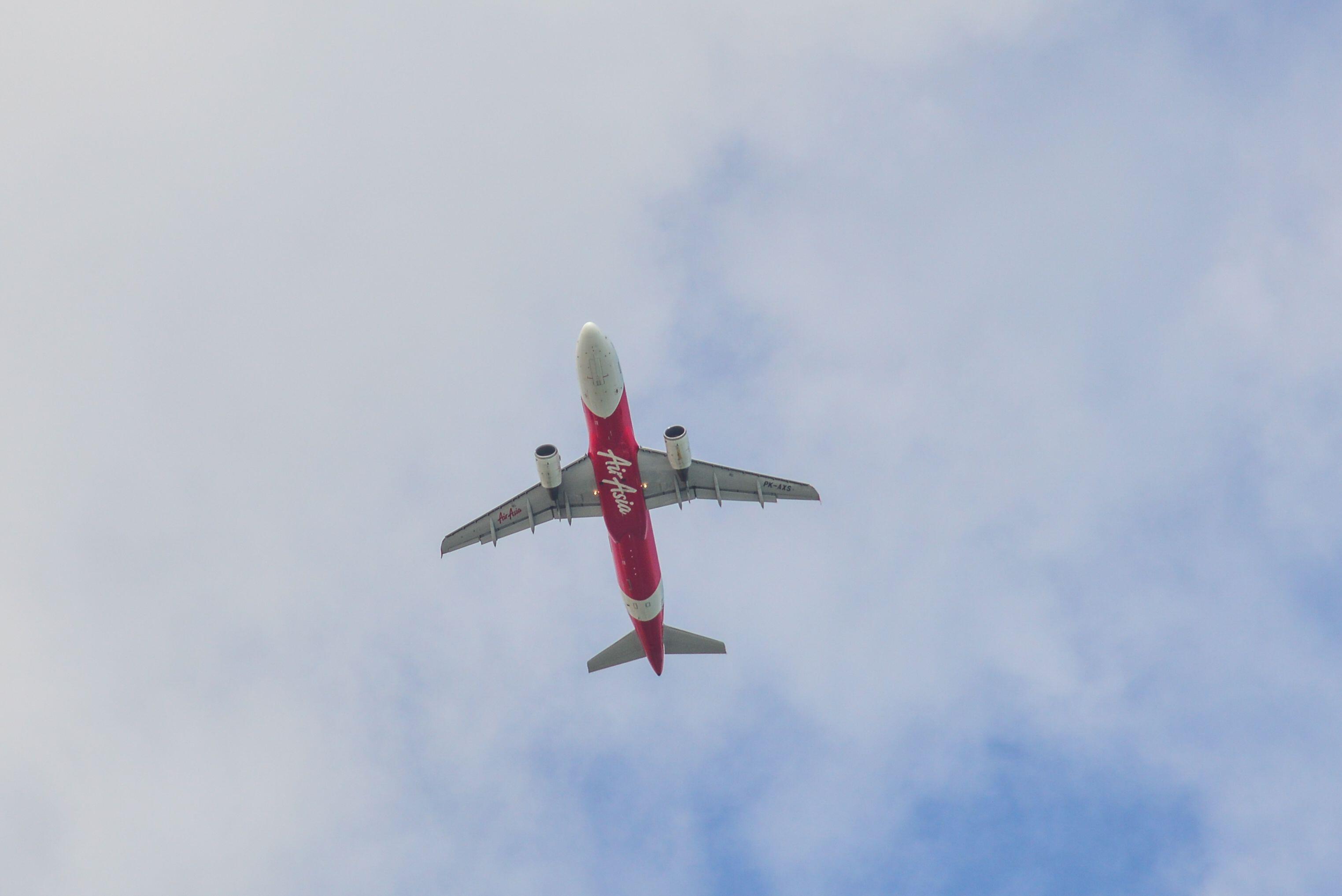
Credit: Duy Phuong Nguyen / Alamy Stock Photo
SINGAPORE—Air transport in Southeast Asia appears to have turned the corner now that most countries have opened their borders to passengers from abroad. Capital A, the region’s largest airline group that operates AirAsia airlines, has reported passenger demand measured in revenue passenger...
Subscription Required
This content requires a subscription to one of the Aviation Week Intelligence Network (AWIN) bundles.
Schedule a demo today to find out how you can access this content and similar content related to your area of the global aviation industry.
Already an AWIN subscriber? Login
Did you know? Aviation Week has won top honors multiple times in the Jesse H. Neal National Business Journalism Awards, the business-to-business media equivalent of the Pulitzer Prizes.

